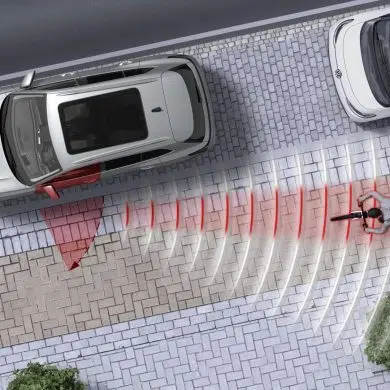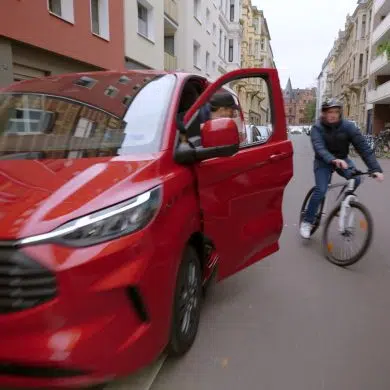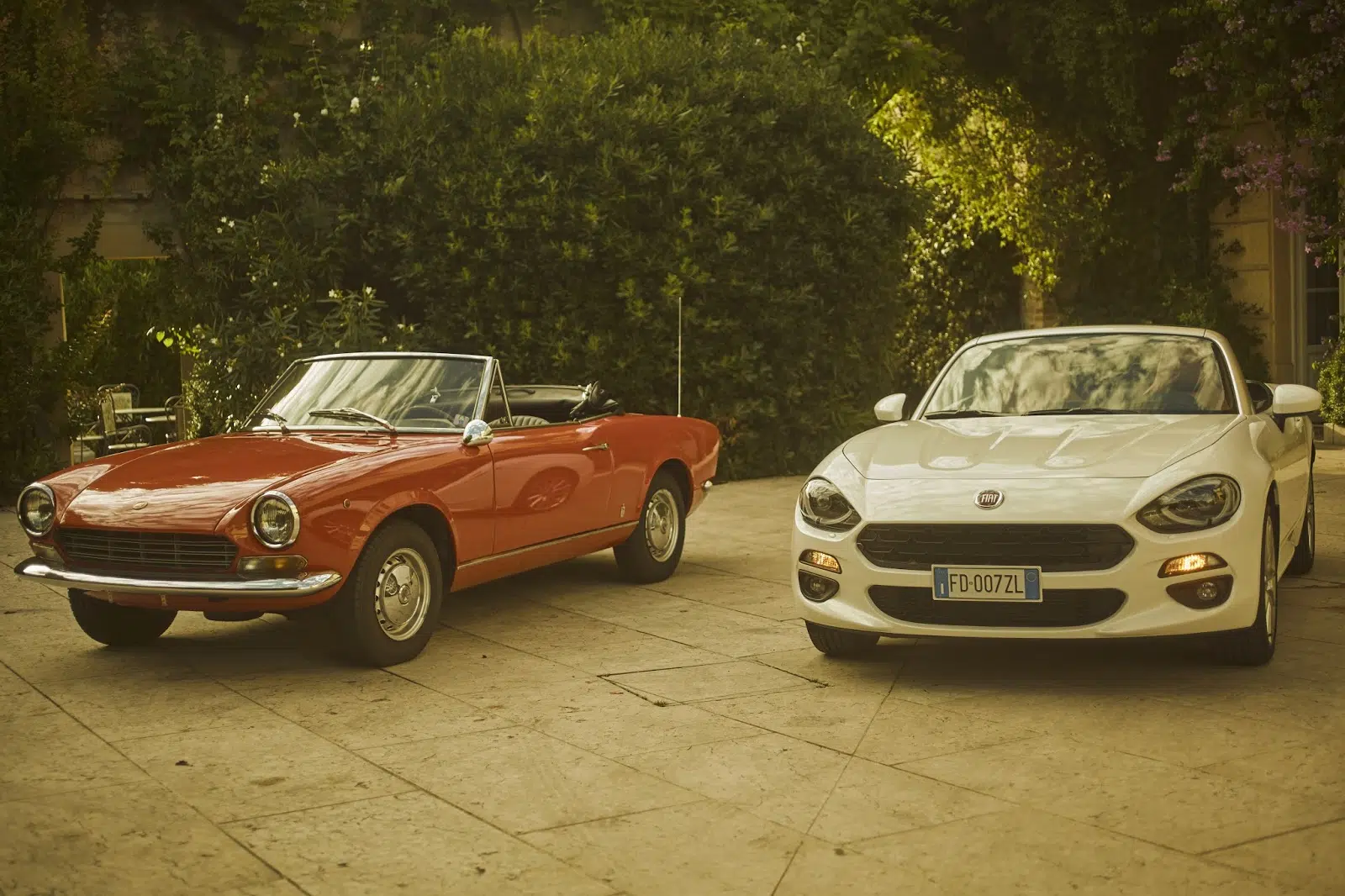Volvo's ambitious plan for zero road fatalities is well underway. After Volvo's perfect performance with the XC90, comfortably achieving 5 stars in the Euro NCAP and an absolute 100% in the Emergency Autonomous Braking System assessment, Volvo is back to impress us again with the introduction of its sophisticated and simple to use autonomous driving system. Let's just hope that driving will never be seen as wasted time of a journey except in traffic so that the new generations don't miss out on the joy and freedom of driving.
Volvo pioneers and presents a safe and easy-to-understand "user interface" for autonomous driving vehicles
In 2017, 100 Volvo cars will be tested in real traffic conditions in the city of Gothenburg.
Volvo's "Intellisafe Autopilot" shows us the future of motoring
Volvo Cars unveils one of the most advanced and easy to understand "user interfaces" in the automotive industry. The Swedish brand aims to draw valuable lessons through real-world use, as part of its Drive Me programme, on how drivers will transfer and regain control in Autonomous Driving (AD) mode in its upcoming models.
With the advent of autonomous driving technology, the relationship between the driver and the car's user interface becomes particularly important. The safe and smooth transfer (and recovery) of control is the cornerstone of any new reliable AD technology. Volvo Cars designed the "IntelliSafe Autopilot", with the brand name being a combination of the terms intelligent and safe, so that it is what its name implies: intelligent and safe, or as this translates into the driver's everyday life, simple and intuitive. The autonomous driving function is activated/deactivated by specially designed paddles on the steering wheel.
How it works
When entering a route where Autopilot is available, the car displays a message to the driver that Autopilot is ready. At the same time, the lights on the steering wheel paddles begin to flash. The driver pulls both paddles towards him or her simultaneously to activate the Autopilot function. The indicators on the paddles then stop flashing and remain continuously illuminated in green, while the Autopilot confirms that the car has taken over driving and traffic control.
When autonomous driving is no longer available, the driver is warned to take back control and continue the journey. A sixty-second countdown indication is displayed on the screen. If the driver does not use the paddles to regain control during this one minute, the car will come to a standstill on the side of the road on its own and safely.
Thomas Ingenlath, Senior Vice President of Design at Volvo Cars, said: "We have designed a user interface that is safe and easy to understand, so that drivers can trust it, both when they hand over control to the car and when the time comes to take it back."
Volvo's IntelliSafe Autopilot will be available for the first time on one hundred new Volvo XC90s that will be delivered for the Drive Me programme in Gothenburg, Volvo Cars' headquarters in 2017. This is the world's most ambitious autonomous driving programme. Through Drive Me, 100 autonomously driven Volvos will be made available to families and people commuting on a regular basis around Gothenburg for use in everyday situations. The cars will be driven autonomously for about 50 kilometres on selected roads.
After the completion of Drive Me, the IntelliSafe Autopilot will be officially launched to the public.












